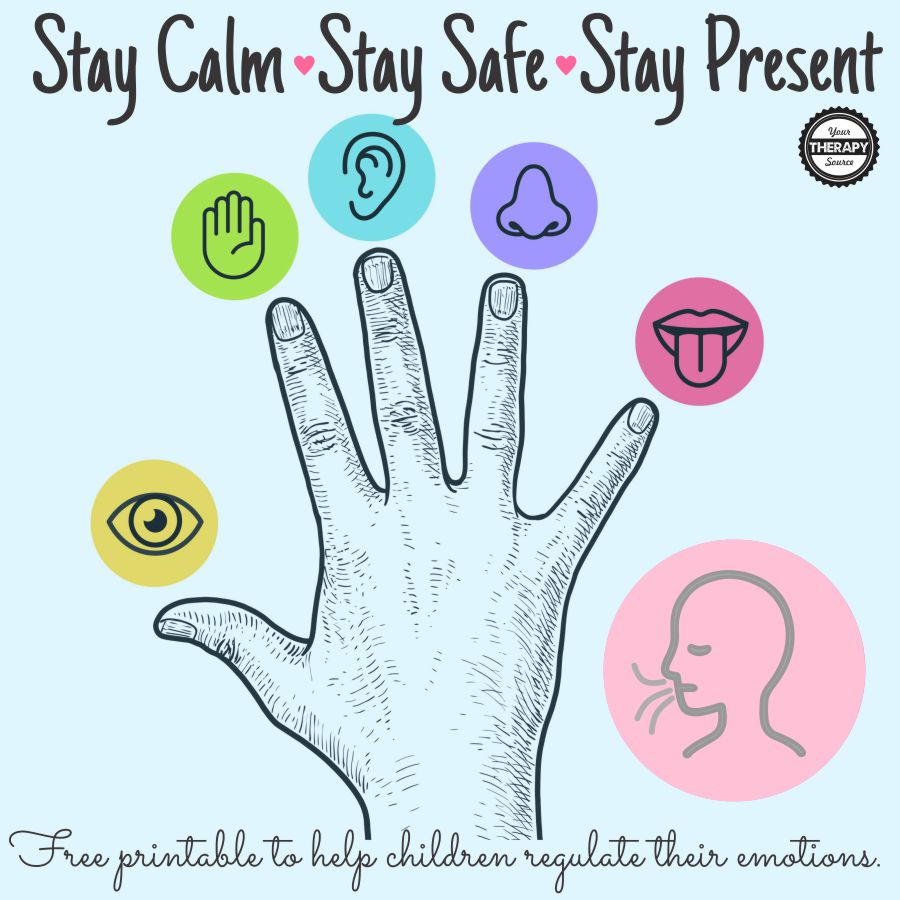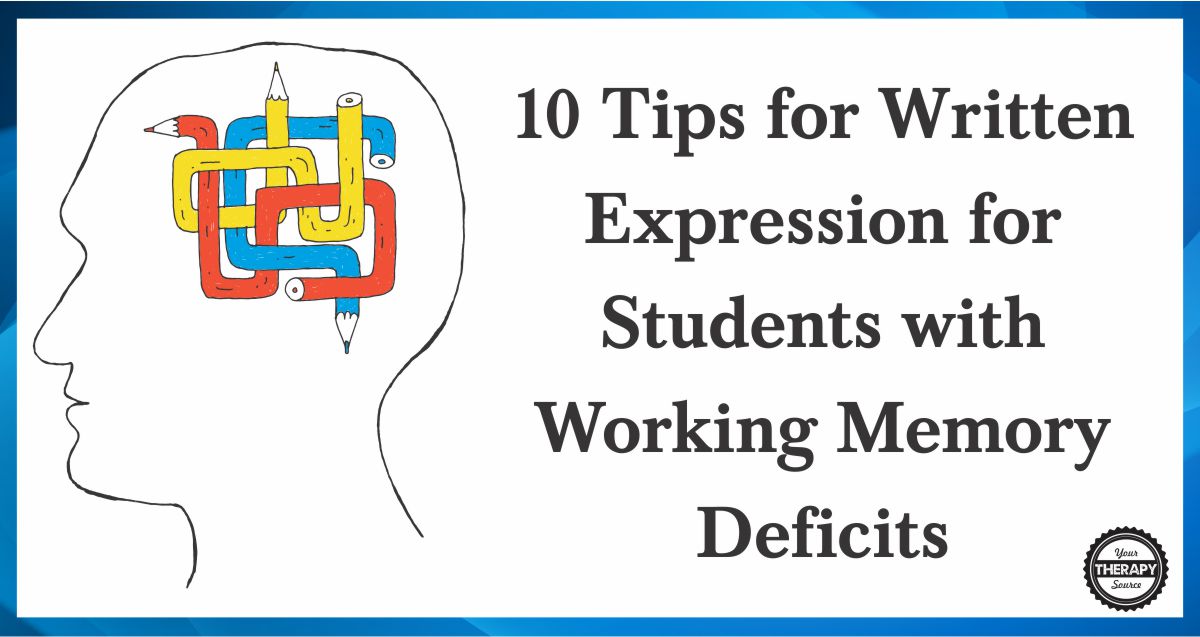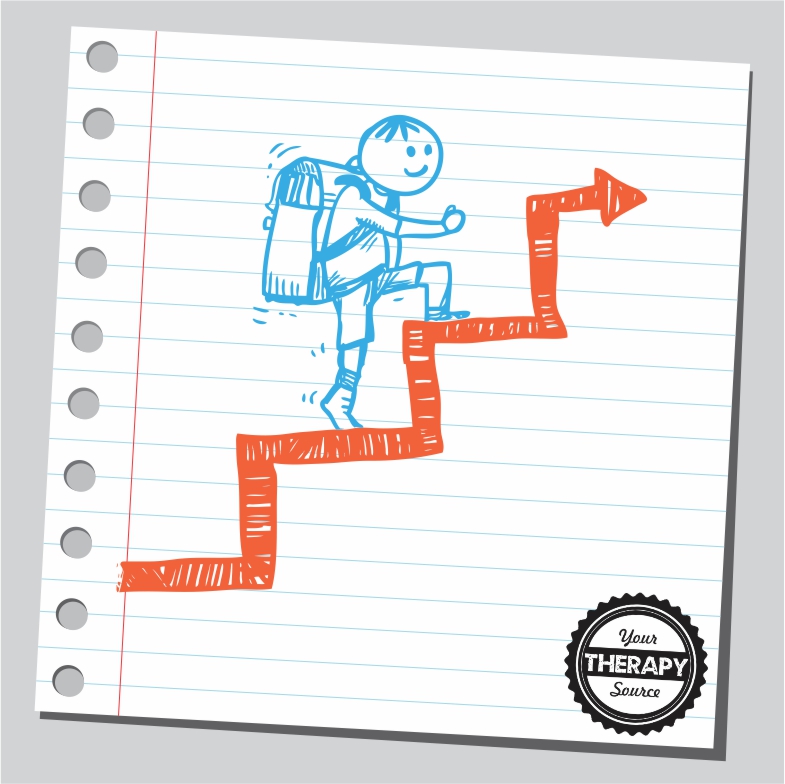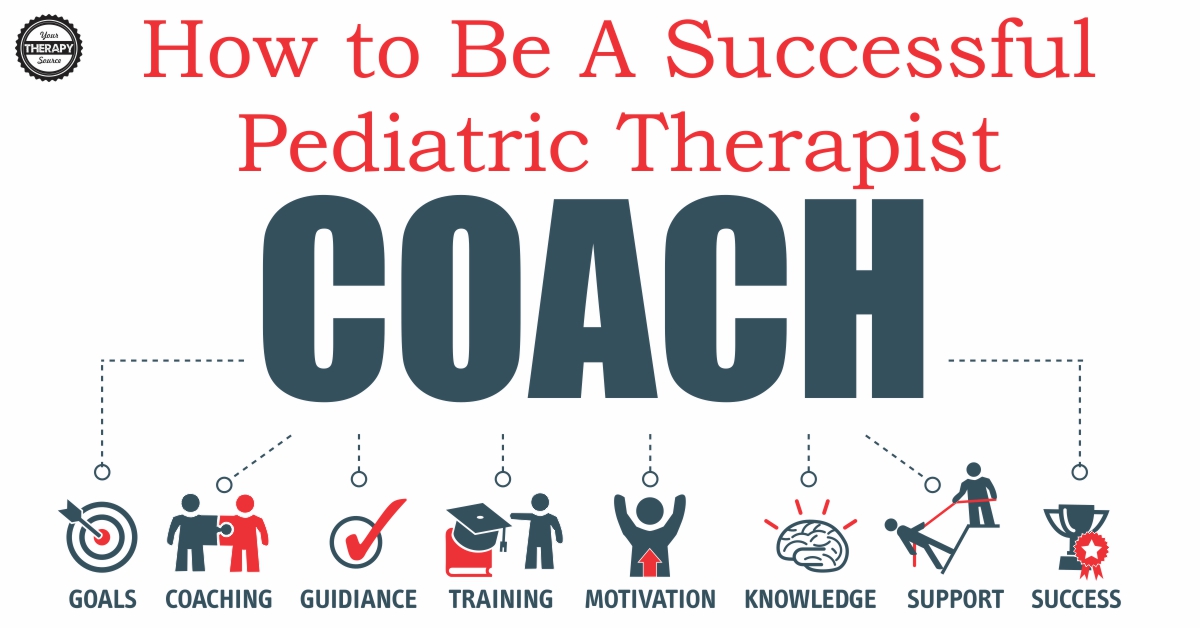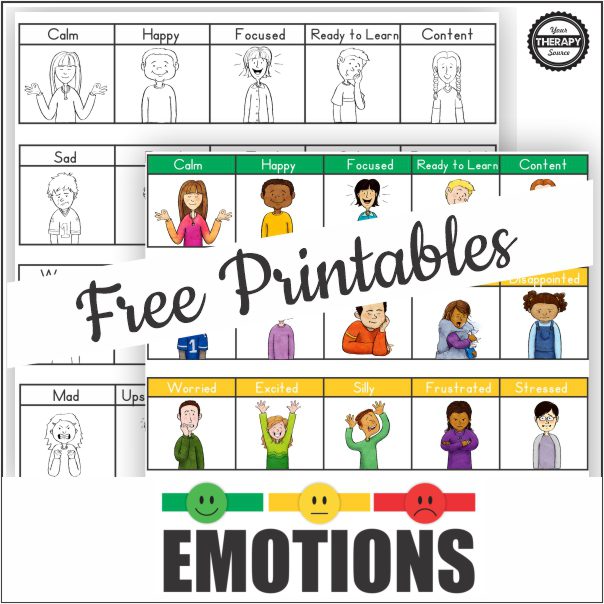5 Senses Grounding Technique PDF Freebie
Are you familiar with the 5 senses grounding technique to help with emotional regulation and anxiety? This 5 senses grounding technique PDF is a variation for children that can be downloaded for FREE at this end of this post. It is from the complete 5 4 3 2 1 Grounding Technique – Stay Calm, Stay […]

